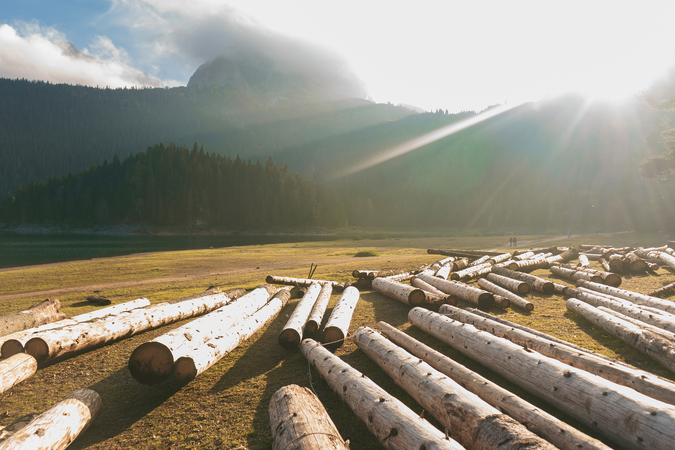Is What You See What You Get? The Value of Natural Landscape Views
DownloadModern geographic information system (GIS) tools have allowed a more careful examination of how the physical characteristics of a property’s neighborhood and surrounding land uses are capitalized into property values. The ArcGIS Viewshed tool is a case in point: it identifies the cells in an input raster that can be seen from one or more observation points. In this study, we use the tool in a hedonic property value model that estimates a home’s sale price as a function of the percentage of its view that encompasses various “green” land covers—forest, farmland, and grassy recreational lands—as well proximity to such green spaces. We use 25 years of data from St. Louis County, Missouri, along with land cover data from 1992, 2001, and 2006, to estimate a property fixed-effects model. This approach, which minimizes the bias from omission of time-constant unobservable variables, is a methodological advance over some prior studies of the value of a view. We find that forest views negatively affect home prices, whereas farmland and grassy area views have positive effects (though only the farmland results are statistically significant). Proximity to each of these types of lands has value, however: more of each type in a close buffer around the property increases the property’s sale price. We hypothesize that our results are related to two factors: the topography of the study area and the fact that farmland has been converted to development over time, leading to a relative increase in its value.






